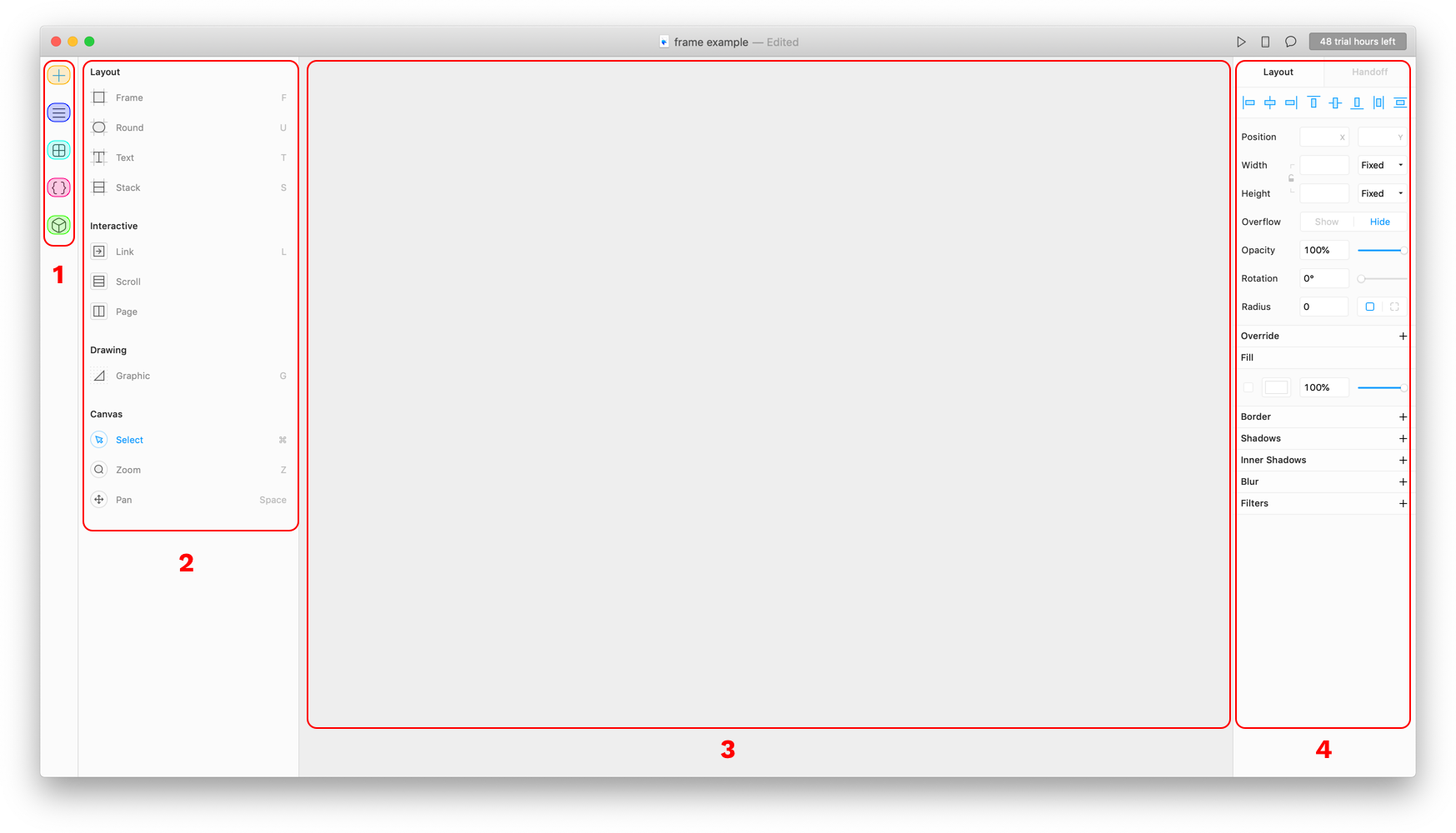

First, we install the framer-motion library and import motion. Let’s animate an h1 text using Framer Motion. The properties we define will be animated when the component mounts in the DOM. This prop takes in an object where we define the properties of that component we want to animate. Motion components can accept several props, with the basic one being the animate prop. Motion components are created by prefixing motion to your regular HTML and SVG element (e.g, motion.h1). These are the building blocks of Framer motion. Its simplified API helps us abstract the complexities behind animations and allows us to create animations with ease. What Is Framer Motion?įramer Motion is an animation library that makes creating animations easy. Note: This article requires a basic understanding of React and CSS. This tutorial will be beneficial to readers who are interested in integrating animations in their React application. Along the way, we’ll use the things we learn to build five demo applications I’ve set up to show us how we can integrate Framer Motion into real-world applications.
Framer js text how to#
We’ll look into how to make gesture-triggered, timed, and scroll animations with Framer motion. We’ll learn how motion components work and learn how to chain animations together. In this article, we’ll take a closer look at how Framer Motion helps us in creating awesome animations. Framer Motion provides us with production-ready animations and a low-level API we can interact with to integrate these animations into our applications.

With Framer Motion, you don’t need to be a CSS expert to make beautiful animations. However, creating eye-catching animations with CSS can be tricky. Animations, when done right, are powerful.


 0 kommentar(er)
0 kommentar(er)
